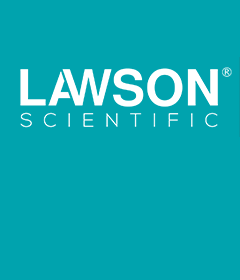Ultrasonic Dispersing-LCD
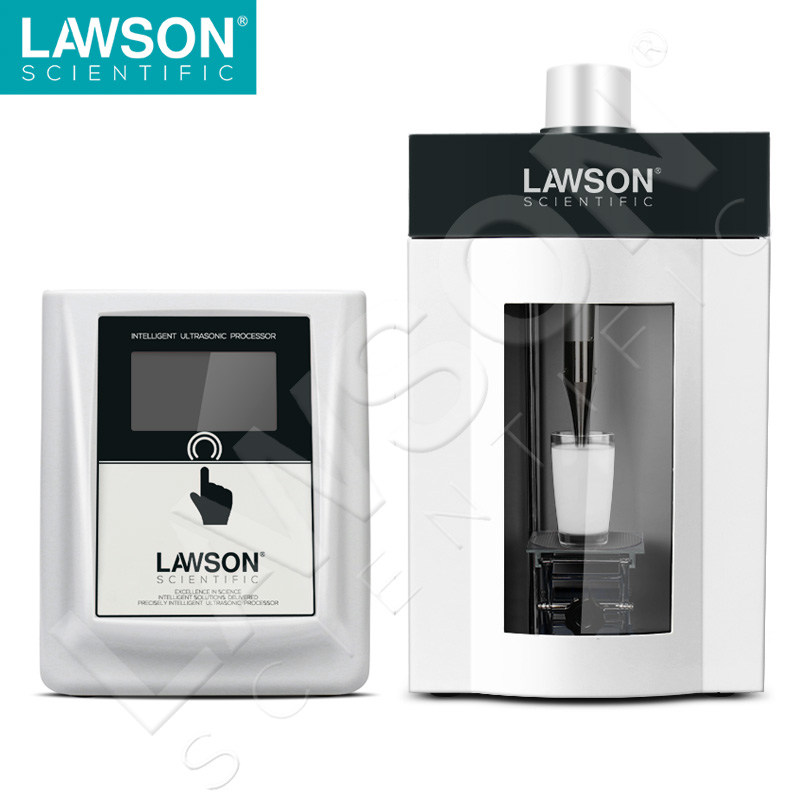

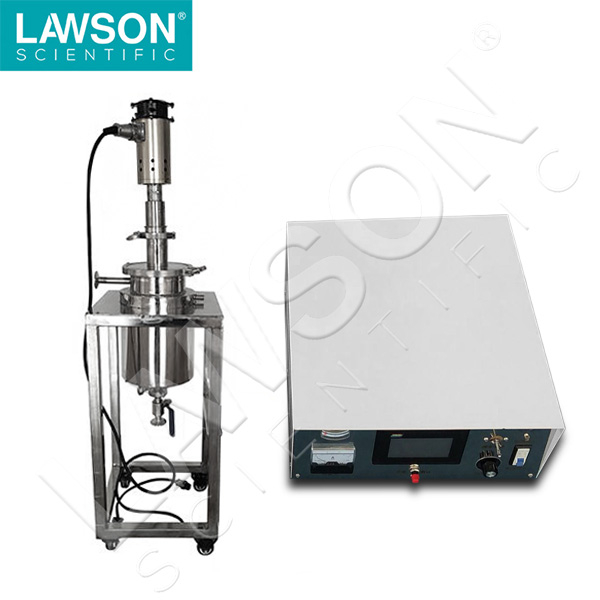
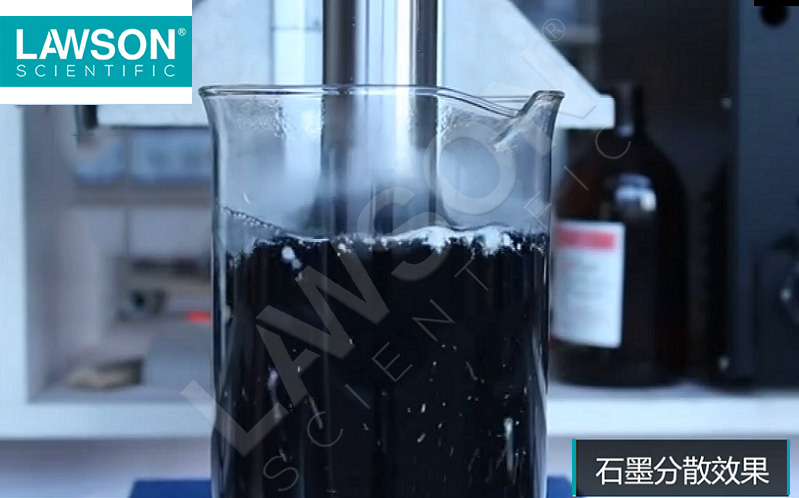
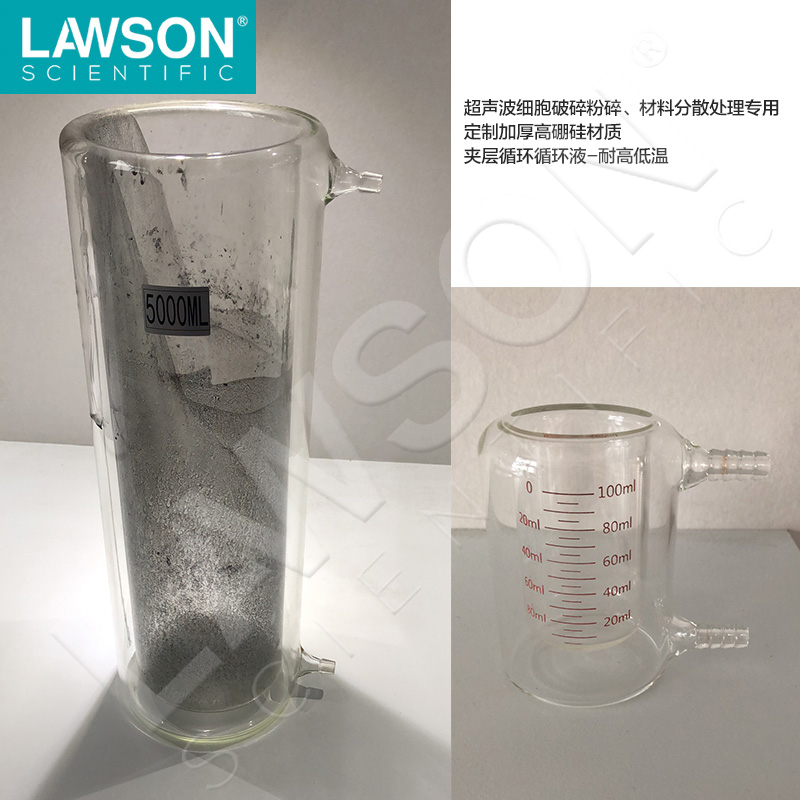
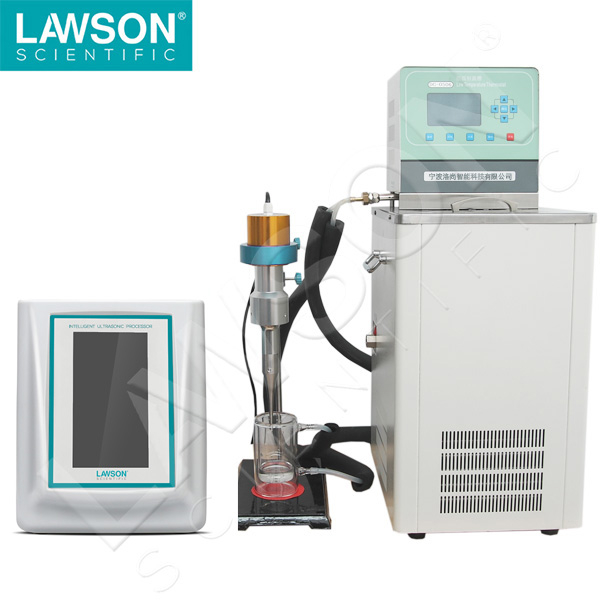
Ultrasonic Graphene Disperser,DH99-IIDN is specially used in the graphene preparation process. By applying ultrasonic waves to the liquid medium, the unique cavitation effect and mechanical effect of ultrasonic waves are used to achieve the purpose of processing, which is an important link in the preparation and application of graphene at present.
 Contact
Contact
 Online Consult
Online Consult
- Description
- Specifications
- Paper
- Video

Ultrasonic Graphene Disperser,DH99-IIDN is specially used in the graphene preparation process. By applying ultrasonic waves to the liquid medium, the unique cavitation effect and mechanical effect of ultrasonic waves are used to achieve the purpose of processing, which is an important link in the preparation and application of graphene at present. DH99 series ultrasonic products use ultrasonic cavitation to disperse agglomerated particles. It is to put the particle suspension (liquid) to be treated into an ultra-intensive sound field and treat it with an appropriate ultrasonic amplitude. Due to the inherent characteristics of powder particle agglomeration, for some powders that are not well dispersed in the medium, an appropriate amount of dispersant can be added to keep them in a stable state of dispersion, which can generally reach tens of nanometers or even smaller. This product is especially It has good effect for dispersing nanomaterials (such as carbon nanotubes, graphene, silica, etc.).

Ultrasonic Graphene Disperser
Graphene is the world's thinnest and hardest two-dimensional material composed of a single layer of carbon atoms. Its very good strength, flexibility, electrical conductivity, thermal conductivity, and optical properties play an important role in various fields. There is no single-layer graphene material in the natural state. Generally, it exists as three-dimensional graphite. It becomes very important to extract single-layer graphene from graphite.
Ultrasonic graphene dispersion is also called ultrasonic graphene exfoliation. The graphite oxide reduction method and ultrasonic vibration can effectively increase the interlayer spacing of graphite oxide. Graphite oxide with a larger interlayer spacing is not only conducive to the intercalation of other molecules, atoms, etc., to form graphite oxide. The intercalation composite material is easy to be exfoliated into single-layer graphite oxide, which lays the foundation for the further preparation of single-layer graphene.
Principle of ultrasonic graphene dispersion
Ultrasonic graphene dispersion equipment uses the cavitation of ultrasonic waves to disperse the agglomerated particles. It is to put the particle suspension (liquid) to be treated into an ultra-intensive sound field and treat it with an appropriate ultrasonic amplitude. Under the additional effects of cavitation effect, high temperature, high pressure, micro-jet, strong vibration, etc., the distance between molecules will continue to increase, which will eventually lead to molecular fragmentation and the formation of monomolecular structures. This product is especially effective for dispersing nanomaterials (such as carbon nanotubes, graphene, silica, etc.).
A large number of graphite materials exist in nature, and graphite with a thickness of 1 mm contains about 3 million layers of graphene. Single-layer graphite is called graphene, which does not exist in the free state, but exists in the form of graphite sheets stacked with multiple layers of graphene. Since the interlayer force of the graphite sheet is weak, the layer-by-layer exfoliation can be carried out by external force, thereby obtaining a single-layer graphene with a thickness of only one carbon atom.
Features:
1. Concentrated high-power cyclic ultrasound, the ultrasound efficiency is higher and stronger
Second, strong scalability, from 10L pilot type to 250L production type can be selected
3. Special high-amplitude probes above 30mm bring strong energy efficiency
4. Optional processing chamber with cooling jacket to avoid sample overheating
Five, high-quality SUS304 stainless steel material has the advantages of corrosion resistance, heat resistance, low temperature strength and mechanical properties, non-magnetic and so on.
6. With the function of mechanical stirring, the dispersion process can be more uniform without dead ends.

| Model | DH99-IIDN |
| Frequency | 19.5-20.5KHz |
| Power | 1800W |
| Random horn | Φ25 |
| Optional horn | Φ20, 28 |
| Crushing capacity | 50-1200ml |
| Duty Cycle | 1-99% |
| Power | 220/110V 50Hz/60Hz |
| Power Chassis Dimensions | 400×280×220mm |
| Net weight | 13.2kg |
| Host + transducer weight | 15.5kg |
| Outer packaging size | 534×295×435mm |

| Ultrasonic Processors | 1 stand |
| Vibration system (transducer assembly) | 1 single |
| soundproof box | 1 set |
| Cross clip (in soundproof box) | 1 stand |
| Test tube clamps (in soundproof box) | 1 set |
| power cable | 1 root |
| Special wrench (for dismantling the horn) | 1 set |
| fuse | 8A, 5A each 2 |
| user's manual | 1 part |
| certificate | 1 part |
| Warranty Card | 1 part |



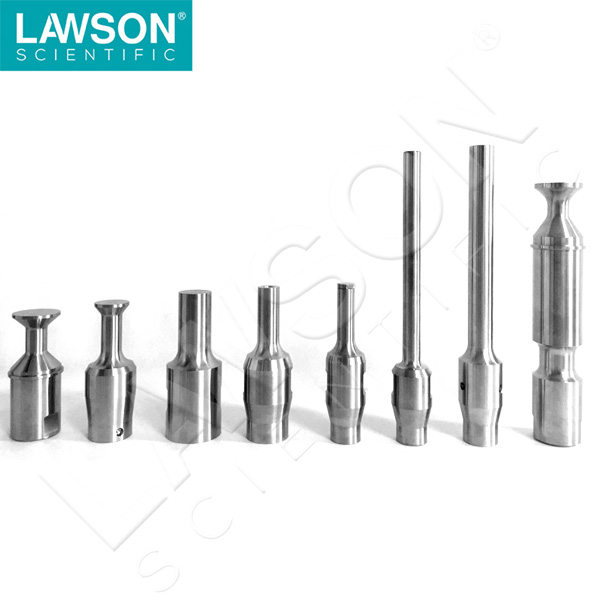

Applicable industry:
1. Biological industry: such as essential oil extraction, natural pigment extraction, polysaccharide extraction, flavonoid extraction, alkaloid extraction, polyphenol extraction, organic acid extraction, oil extraction, 1. /span>
2. Laboratory applications: cell crushing, product crushing, mass dispersion (suspension preparation) and coagulation,
3. Chemical industry: ultrasonic emulsification and homogenization, ultrasonic gel liquefaction, resin defoaming.
4. Ultrasonic biodiesel production obviously accelerates and strengthens various chemical reactions in various chemical production.
5. Water treatment industry: degradation of polluted water
6. Food and cosmetic industry: alcohol purification, cosmetic particle refinement, nanoparticle preparation
7. Graphene industry: graphene dispersion, graphene nanoparticle preparation
※Ultrasonic dispersing equipment can be used for graphene, ink coating, etc. dispersion, homogenization treatment; oil emulsification; Chinese medicine extraction processing; cell, ballast water crushing, disinfection processing; chemical raw materials to accelerate the reaction and so on.
For pilot test and industrial customization needs, our company provides professional customized solutions, welcome to inquire. 186 5743 5285 Zhang Gong

Common Scattering Methods
1. Micro-mechanical stripping method
Use tape to peel the graphene flakes directly from the larger crystals and repeat the process.
Using a material to rub against pyrolytic graphite that has expanded or introduced defects, the surface of bulk graphite will produce flake-like crystals, and the flake-like crystals contain a single layer Graphene.
Disadvantages: low yield of graphene, small area, difficult to precisely control the size, low efficiency, and cannot be prepared on a large scale.
2.Chemical Vapor Deposition
Pour one or more carbon-containing gaseous substances (usually low-carbon organic gas) into the vacuum reactor, and the carbon-containing gas is decomposed and carbonized by high temperature (usually low-carbon organic gas), the process of growing a carbon element on the surface of the substrate.
Disadvantages: The hexagonal honeycomb crystal structure of graphene cannot be completely graphitized, the quality is not as good as that of the microcomputer exfoliation method, and the high cost The cost and strict equipment requirements limit the large-scale production of graphene, and the addition of catalysts reduces the purity of graphene.
3. Epitaxial growth method
One is to remove Si by heating single crystal 6H-SiC, thereby epitaxially growing graphene on the surface of SiC crystal. The graphene is in contact with the Si layer, and the conductivity of this graphene is affected by the substrate; the other is to use the trace carbon component in the metal single crystal, and through high temperature annealing under ultra-high vacuum, the carbon element in the metal is on the surface of the metal single crystal. Graphene is precipitated.
Disadvantages: The thickness of the graphene film is uneven and difficult to control, and the resulting graphene sticks tightly to the substrate and is difficult to peel off , which will affect the properties of graphene. At the same time, it needs to grow under ultra-vacuum and high temperature conditions, the conditions are extremely harsh, and the equipment requirements are high, and it is impossible to achieve large-scale and controllable preparation of graphene.
4. Graphite oxide reduction method
Graphene oxide is generally obtained by oxidation of graphite by strong acid. There are three main methods for preparing graphite oxide: Brodie method, Staudenmaier method and Hummers method, among which Hummers method requires ultrasonic assistance for graphene dispersion.
Features: Hummers method graphene dispersion: simple method, short time-consuming, It has a large processing capacity, is safe and pollution-free, and is currently the most commonly used one.
5. Ultrasound-assisted method
Ultrasonic graphene dispersion system adopts ultrasonic-assisted Hummers method to prepare graphene oxide. It uses liquid as medium and adds high-frequency ultrasonic vibration to the liquid. Since ultrasound is a mechanical wave, it is not absorbed by molecules and causes vibrational motion of molecules during propagation. Under the cavitation effect, that is, under the additional effects of high temperature, high pressure, micro-jet, and strong vibration, the distance between molecules increases their average distance due to vibration, which eventually leads to molecular breakage. The interlayer spacing of graphite oxide can be improved more effectively, and with the increase of ultrasonic power, the interlayer spacing of the obtained graphite oxide tends to expand.
The instantaneous pressure released by the ultrasonic wave destroys the van der Waals forces between graphene layers, making graphene less likely to agglomerate together. Graphite oxide with a large interlayer spacing is not only conducive to the intercalation of other molecules, atoms, etc. into the interlayer to form a graphite oxide intercalated composite material, but also easy to be exfoliated into a single-layer graphite oxide, which lays the foundation for the further preparation of single-layer graphene.



